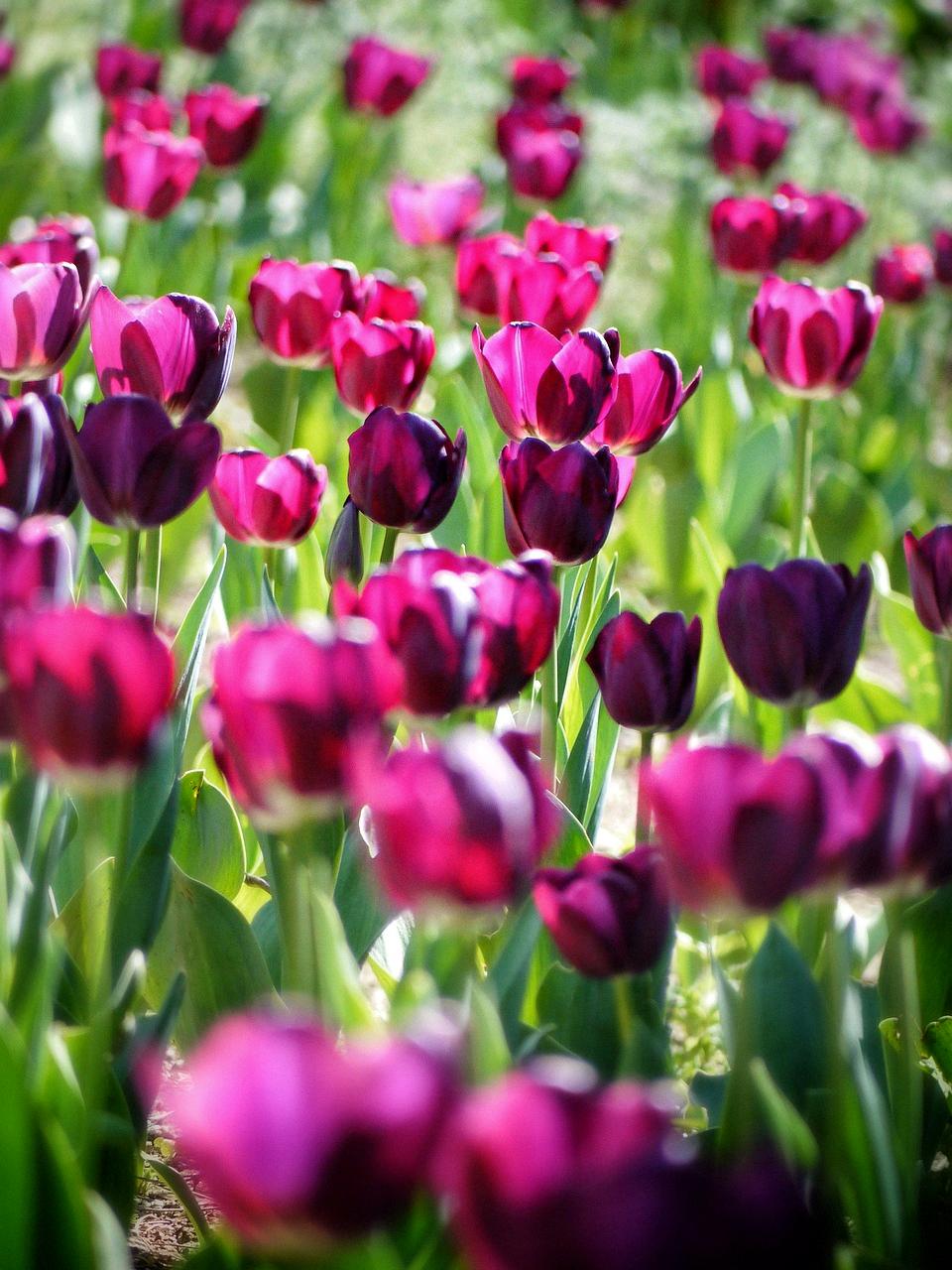Before planting tulips in the ground, it is essential to wait until the soil temperature reaches 60 degrees Fahrenheit or colder. This optimal temperature ensures that the bulbs have a conducive environment for growth.
Choosing the Right Location
Select a suitable spot in your garden that features well-draining soil and receives ample sunlight, either full sun or partial shade. This will provide the tulips with the necessary conditions to thrive and bloom vibrantly.
Planting Depth and Spacing
When planting tulip bulbs, ensure they are buried at a depth of about 5-7 inches and spaced approximately 4-5 inches apart. Plant the bulbs with their pointy ends facing upward to encourage proper growth and development.
Soil Preparation
Prior to planting, prepare the soil by loosening it to a depth of around 12 inches. This will allow the tulip bulbs to establish strong root systems and access essential nutrients for healthy growth.
Adding Fertilizer
Consider incorporating a balanced fertilizer into the soil before planting the tulip bulbs. This will provide additional nutrients to support the initial growth stages and ensure the tulips receive the necessary nourishment.
Watering Routine
After planting the tulip bulbs, water the area thoroughly to help settle the soil and promote root establishment. Maintain a regular watering schedule, ensuring the soil remains moist but not waterlogged.
Mulching for Protection
Apply a layer of mulch over the planted tulip bulbs to provide insulation and protect them from extreme temperatures. Mulch also helps retain moisture in the soil and prevents weed growth around the bulbs.
Monitoring Growth Progress
Keep a close eye on the tulips as they begin to sprout and grow. Monitor their progress regularly, ensuring they receive adequate sunlight, water, and nutrients for healthy development.
Deadheading and Maintenance
Once the tulips have bloomed, deadhead the flowers by removing faded blooms to redirect energy back to the bulbs. Perform any necessary maintenance tasks, such as removing debris or adjusting watering frequency.
Post-Bloom Care
After the tulip flowers have finished blooming, allow the foliage to wither naturally before trimming it back. This process allows the bulbs to conserve energy for the next growing season and ensures optimal flowering in the future.
Overwintering
During the winter months, protect the tulip bulbs from frost and extreme cold by adding a layer of mulch or covering the garden bed with a protective material. This will safeguard the bulbs and promote their survival until the following spring.
Enjoying the Results
Once spring arrives, you can enjoy the beautiful display of tulips in your garden. Admire the vibrant colors and delicate blooms that your careful planting and maintenance efforts have helped cultivate.

